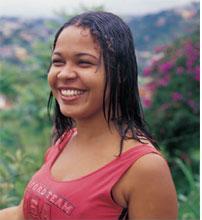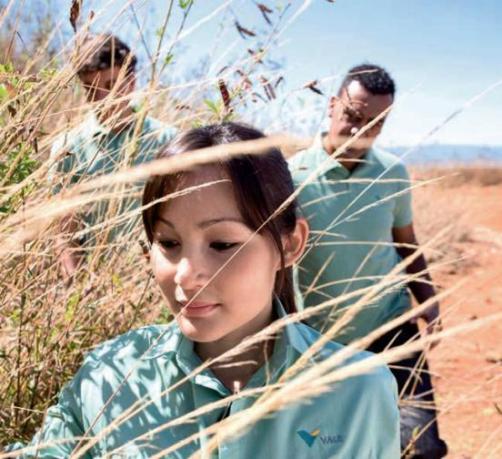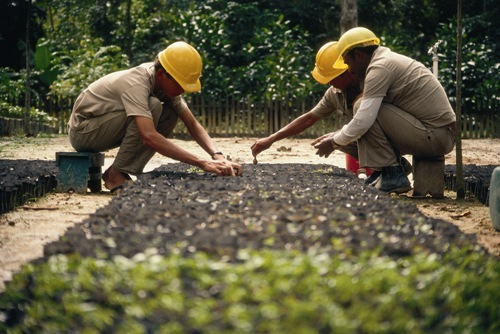This column was originally published in Northern Life, Greater Sudbury’s community newspaper on October 25, 2006
It was the best of times, it was the worst of times, if I may borrow from Charles Dickens.
On Aug. 24, 2006 , the spot nickel price hit its all time high ever, at $15.76 (US) per pound. Last Friday it was just a tad under that record at $15.65.
Inco’s third quarter net earnings of $701 million—the Ontario operations contributed $US356 million to that figure—were the highest ever quarterly profits in the company’s 104-year history. The 2005 third quarter net earnings were $64-million.
And to add the cherry on the cake, the company officially opened its $115-million Fluid Bed Roaster Dioxide Emission Reduction plant in Copper Cliff that will further reduce SO2 pollution from the Sudbury operations by 34 percent to just 175 kilotonnes a year. This is about a 90 percent reduction from the 2,000 kilotonnes a year the company used to emit in 1970.
However, the drama and trauma of the past year’s “nickel wars” have finally come to an end in a way we didn’t expect.





























